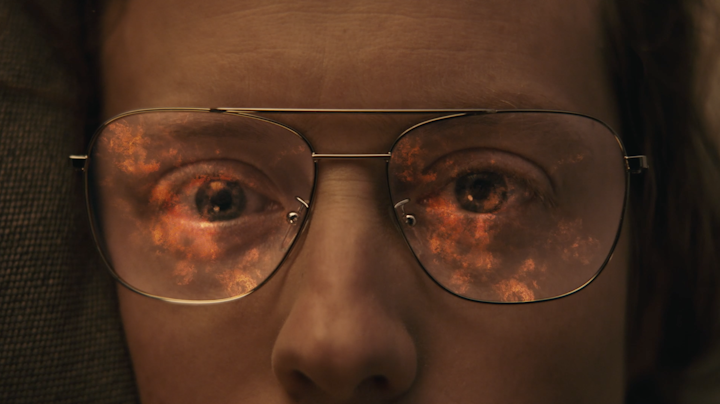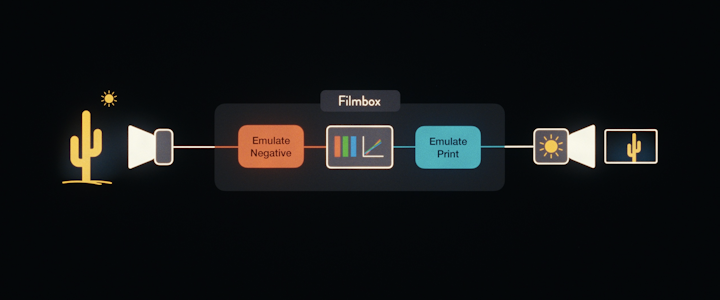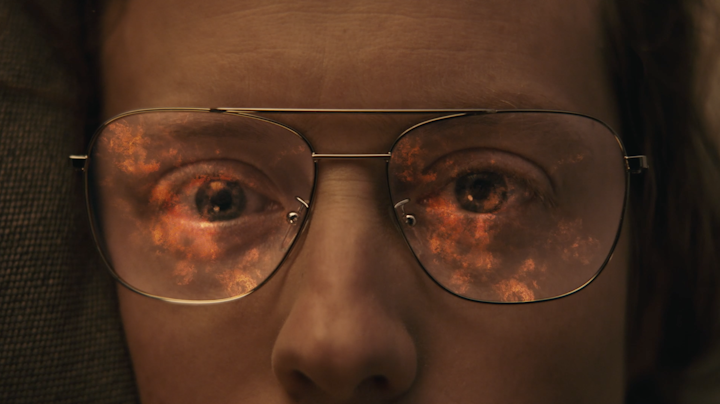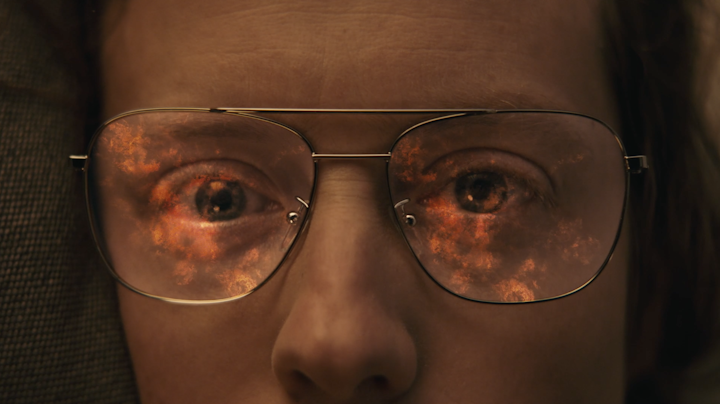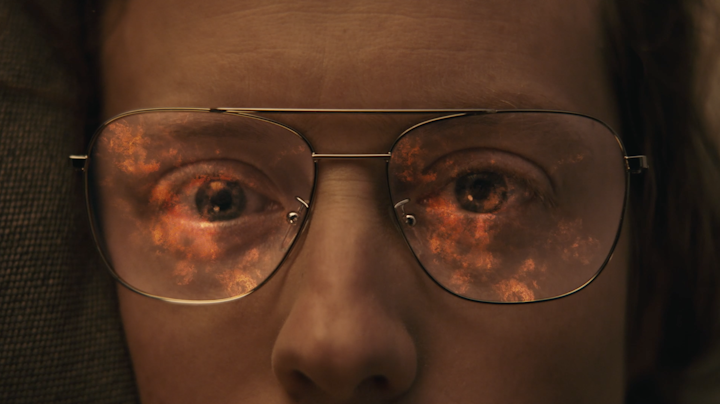Unlocking the Power of HDR Color Grading: Enhanced Realism & Creative Freedom
High Dynamic Range (HDR) color grading is transforming the way we experience visual media. At Colorado Media, we leverage HDR to push creative boundaries — delivering content that’s more immersive, lifelike, and emotionally impactful than ever before. In this post, we explore what HDR color grading is, its major benefits, and how it’s revolutionizing modern filmmaking, photography, and gaming.
What Is HDR Color Grading?
HDR color grading is a postproduction process that expands the range between the darkest and brightest parts of an image. Compared to standard dynamic range (SDR), HDR allows for:
- Brighter highlights
- Deeper shadows
- Richer, more accurate colors
By enhancing both contrast and color fidelity, HDR unlocks detail and depth that SDR simply can’t reproduce.
Key Benefits of HDR Color Grading
▶ Enhanced Visual Realism
HDR content looks more like what the human eye naturally sees. The result? More vivid colors, natural-looking skin tones, and images that feel alive.
▶ Greater Image Detail
HDR preserves subtle textures in shadows and highlights, ensuring nothing important is lost — even in high-contrast scenes.
▶ Creative Freedom for Filmmakers
With HDR, creatives can push beyond traditional grading limits. This means more control over atmosphere, color palettes, and emotional tone.
▶ Future-Proof Compatibility
HDR media is supported across modern displays — from HDR TVs and monitors to mobile devices — allowing for broader audience reach and a more consistent experience.
How HDR Is Changing the Media Landscape
HDR isn’t just a trend — it’s a technological leap that’s redefining media production:
🎬 In Filmmaking
Studios and indie creators alike are embracing HDR for its cinematic depth and visual storytelling power. It adds impact to everything from quiet dialogue scenes to large-scale action sequences.
🎮 In Gaming
Game developers use HDR to build visually immersive worlds with high contrast lighting, vibrant environments, and lifelike character design — enhancing player experience.
Conclusion
At Colorado Media, we use HDR color grading not just as a technical upgrade, but as a creative tool that brings stories to life. Whether you’re producing a high-end commercial, a feature film, or branded content, HDR helps achieve that “wow” factor modern audiences expect.
HDR is more than a buzzword — it’s the future of visual storytelling. And the future is already here.

